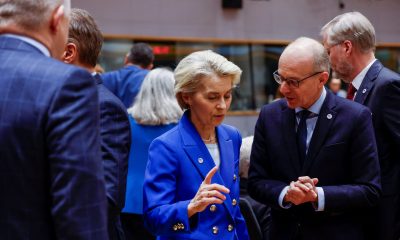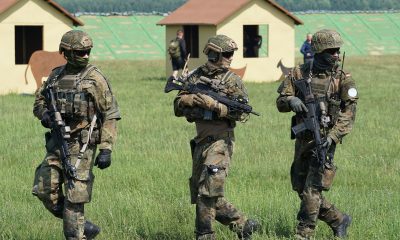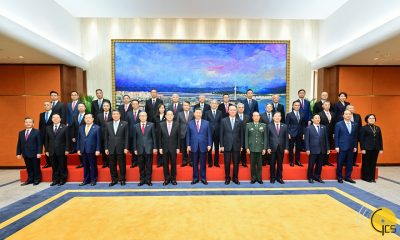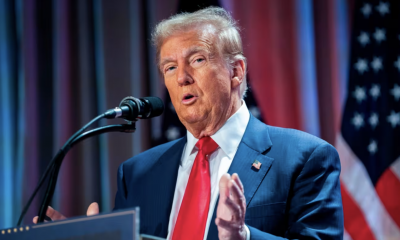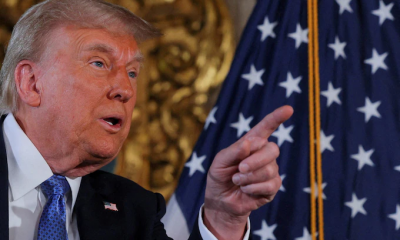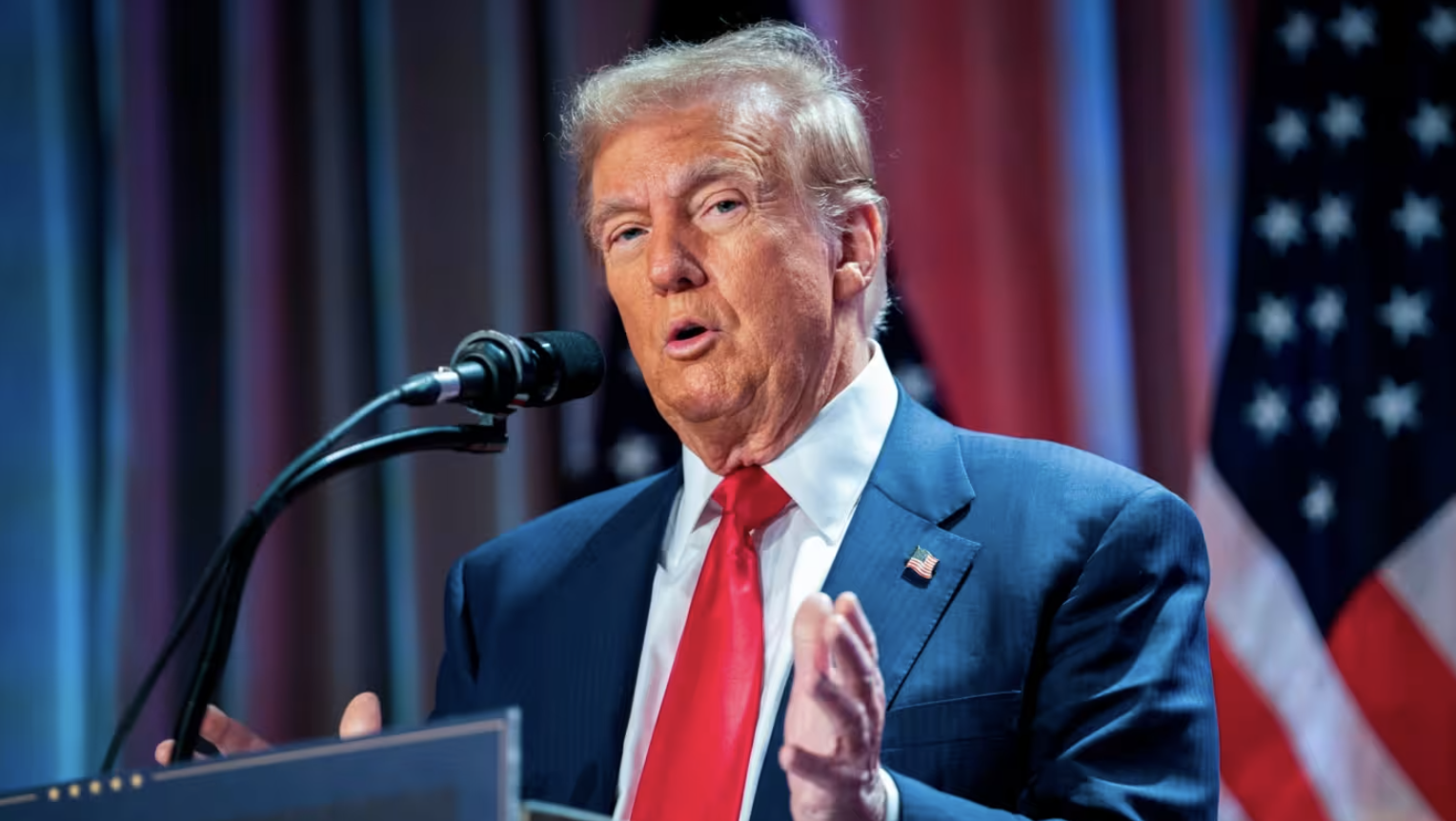The leaders of 32 NATO member states gather in Washington today (Tuesday 9 July) for a three-day summit.
NATO’s alliance against the Soviet Union and communism was launched in Washington exactly 75 years ago, on 4 April 1949, with the agreement of 12 countries. A commemorative programme to mark the 75th anniversary is expected to take place on 9 July, the first day of the summit.
The war in Ukraine, a possible Donald Trump presidency and fissures within the alliance will dominate the summit agenda.
40 billion aid package for Kyiv
NATO leaders are expected to pledge €40 billion in one-year aid to Ukraine this week, as key alliance members face domestic political turmoil that limits their ability to commit longer-term resources to help Ukraine defend itself against Russia.
NATO Secretary General Jens Stoltenberg said ahead of the summit: “Of course in democracies we can never give guarantees. We do not live in that world. But we live in a world where good outcomes are maximised and bad outcomes are minimised,” he said.
Stoltenberg added that the €40 billion pledged for Ukraine next year is an improvement on the current situation, where individual contributions are not always transparent or calculated according to the same criteria.
However, the new plan is less ambitious than NATO’s original proposal for a $100 billion multi-year assistance package.
“You can argue about whether the glass is half full, but the glass is more than half full,” Stoltenberg told reporters.
Nato will not issue a formal invitation to Ukraine to join the alliance, the outcome Zelensky’s government most wants. But a senior Biden administration official told the Financial Times that the allies would make “significant” statements of support for Ukraine, including “new steps” to strengthen its air defences.
US President Joe Biden will also host an event on Thursday with Zelensky and nearly two dozen allies who have signed bilateral security agreements with Kyiv.
US election tensions
In the US, the Alliance’s engine room, discussions on Trump’s approach to NATO and Biden’s candidacy are on the agenda ahead of the November elections.
Biden is hosting the summit amid growing calls for him to suspend his re-election campaign to allow another Democrat to take on Donald Trump in November.
Trump, who leads Biden in most national and swing state polls, has threatened to withdraw from NATO if elected to another four-year term. The former president has also repeatedly promised to end military support for Ukraine.
According to interviews with former Trump national security officials and defence experts who are likely to serve in a second Trump term, Trump is unlikely to leave NATO altogether.
According to an analysis published in Politico, in exchange for continued US participation, Trump will not only expect European countries to substantially increase their spending on NATO, but will also undertake what has been described as a “radical reorientation” of the organisation.
Call for members to increase defence spending
Another area of concern is the need to increase defence budgets across NATO to ensure that all countries meet the 2 per cent of GDP spending target, while maintaining support for Kyiv.
This will be a key priority for Mark Rutte, who takes over from Stoltenberg on 1 October.
Alliance diplomats warn that this will be complicated by taxpayers’ resistance to increased defence budgets.
Managing internal tensions: Orban a cause for concern
Another challenge is managing divisions within the alliance, as illustrated by Hungarian Prime Minister Viktor Orban’s controversial trip to Moscow last week to meet Russian President Vladimir Putin.
Orban, one of NATO’s most prominent sceptics of supporting Kyiv, vetoed Rutte’s appointment last month, exempting him from NATO activities in support of Ukraine.
A Biden administration official told the FT that the US was “concerned” about Orban’s trip, which “will not advance the cause of peace or support Ukraine’s sovereignty, territorial integrity and independence”.
“Concerns always arise and we always prove that we are resilient,” Stoltenberg said, adding that NATO had always managed to resolve internal divisions since its creation in 1949.
Berlin and Washington’s objections to the joint statement
In the final negotiations of the summit declaration, the US and Germany led efforts to oppose the inclusion of a reference to Ukraine’s path to NATO membership being “irreversible”, as demanded by many other allies, especially in Eastern Europe.
US and German scepticism about Ukraine’s membership has not yet been overcome.
Officials say that Kyiv needs to undertake major structural reforms and that formal progress on membership is unlikely until the war is over.
A senior US State Department official told the FT: “Every time we have contact with the Ukrainians […] we have been clear about the limitations, the need for reform and the fact that part of their territory is occupied”.
Instead, NATO will offer Ukraine a package of support that includes control of much of the coordination of military aid to Kyiv, a role previously played by the US, and leadership of several national programmes to train Ukrainian troops in Poland.
The operation will not be officially labelled a “NATO mission” after Berlin, wary of anything implying that NATO is a direct participant in the conflict, refused to endorse such terminology as too militaristic.
Tougher language on China expected
Meanwhile, Nato allies are expected to agree on tougher language than before on China to condemn Beijing for its economic support for Moscow in the war in Ukraine.
China’s support includes increased supplies of technology such as microchips and chemicals intended for civilian use but used to make Russian weapons.
According to senior White House sources quoted by Hurriyet, the NATO summit will not only bring Ukraine closer to NATO and build a “bridge” to eventual membership, but will also send a message to China in the Pacific.
Australia, Japan, South Korea and New Zealand will also attend the summit, which the senior official said would “send an important message to the world through our partnerships in the Indo-Pacific region”.
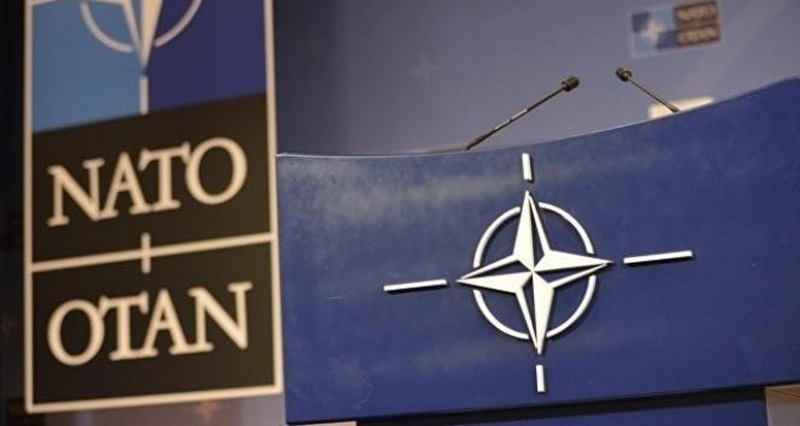

 EUROPE1 week ago
EUROPE1 week ago
 OPINION2 weeks ago
OPINION2 weeks ago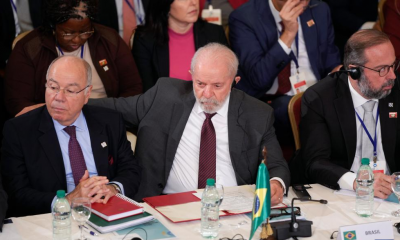
 OPINION1 week ago
OPINION1 week ago
 DIPLOMACY2 weeks ago
DIPLOMACY2 weeks ago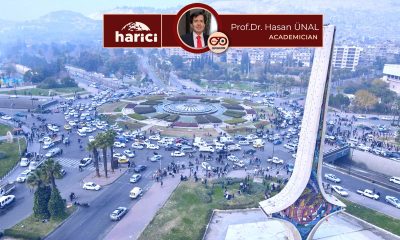
 OPINION2 weeks ago
OPINION2 weeks ago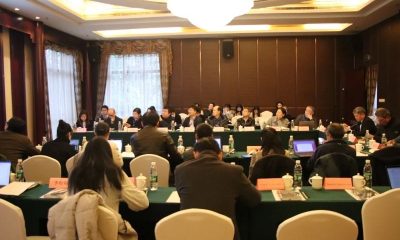
 ASIA1 week ago
ASIA1 week ago
 MIDDLE EAST1 week ago
MIDDLE EAST1 week ago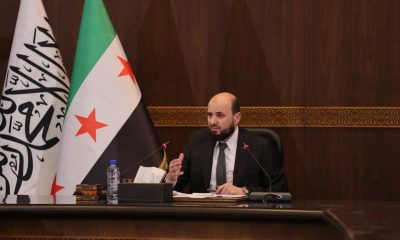
 MIDDLE EAST2 weeks ago
MIDDLE EAST2 weeks ago

